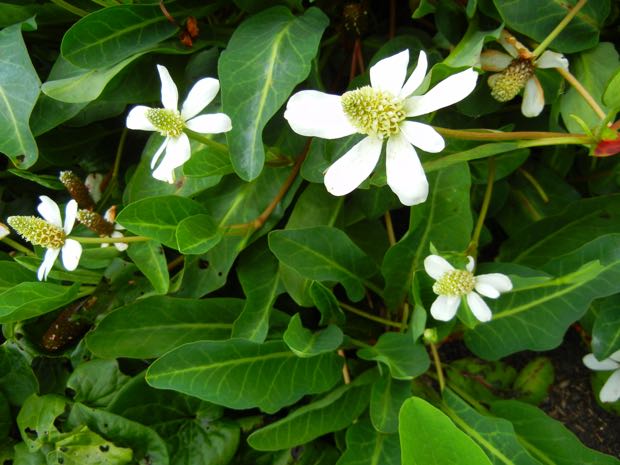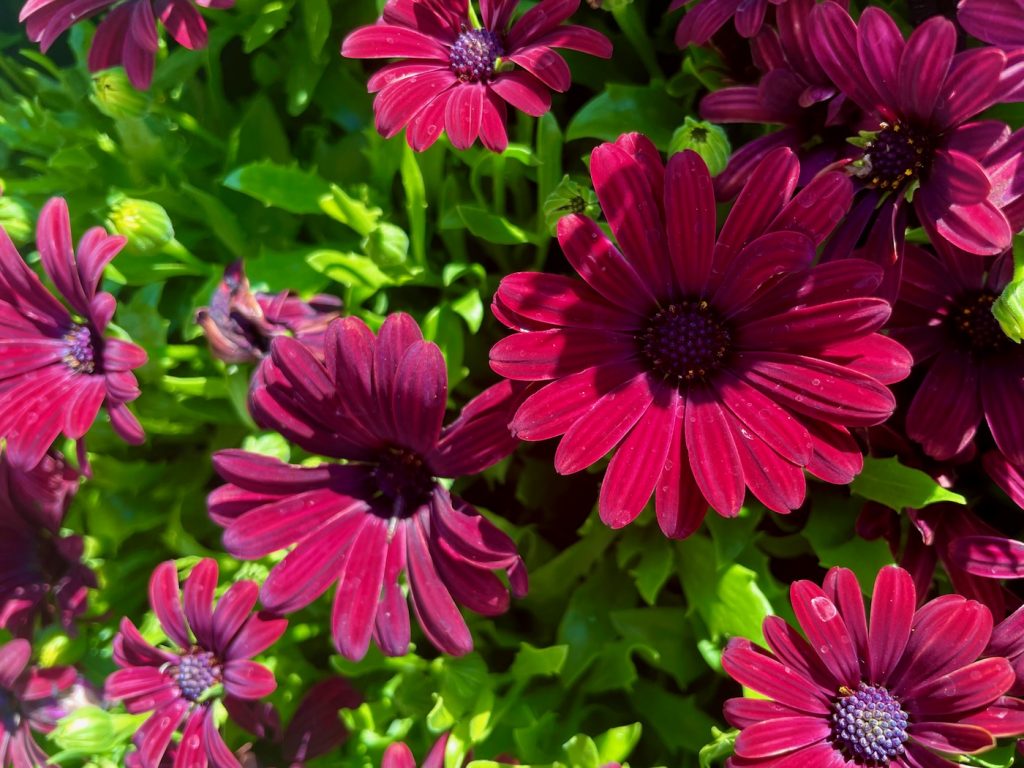Unveiling the Allure of Anemopsis californica: Yerba Mansa – A Delicate Perennial Wonder
Overview: Anemopsis californica, commonly known as Yerba Mansa or Lizard Tail, is an intriguing flowering plant characterized by its unique cone-shaped cluster of petals. It blooms from June to September, displaying delicate white flowers. This perennial herb, belonging to the Saururaceae family, is native to southwestern North America and shares the family with the genus Saururus, known as the Lizard’s Tail.
Description: Anemopsis californica is a low-growing plant, typically reaching a height of about 12 inches. Its slender, elongated leaves form a basal rosette and exhibit a deep green color with a slightly waxy texture. During the spring, it produces spikes of small, fragrant white flowers that attract bees and butterflies. After flowering, the plant develops small black berries, adding further interest to its overall appearance.
Medicinal Uses: Yerba Mansa holds significant medicinal value. For centuries, Native Americans have utilized its roots and leaves to address various ailments, including stomachaches, diarrhea, and skin problems. It has also been used as a sedative and a tonic. Modern research has revealed that Anemopsis californica contains compounds with antibacterial, antiviral, and antifungal properties, further supporting its traditional medicinal use.
Cultivation of Anemopsis californica:
To successfully cultivate Anemopsis californica, consider the following guidelines:
Planting Time and Location: Choose a partially-shaded to fully-shaded spot with moist, well-drained soil. Anemopsis californica thrives in slightly acidic soil, preferably with a pH of 6.0 to 6.5. Spring or fall is an ideal time for planting.
Watering: Water the plant regularly, especially during the first year after planting, to establish strong root systems. Once established, Yerba Mansa becomes more drought-tolerant. Water deeply, ensuring the moisture reaches the roots.
Fertilization: Anemopsis californica generally does not require frequent fertilization. A light application of fertilizer in the spring can promote growth and flowering.
Pruning: Pruning needs for Anemopsis californica are minimal. Deadheading the flowers after blooming can encourage additional blooms. In the fall, cutting back the plant aids in its regrowth during the following spring.
Overwintering: Anemopsis californica exhibits hardiness and can survive in USDA hardiness zones 5 to 9. In colder regions, consider mulching around the plant’s roots to provide insulation. Additionally, covering the plant with a frost cloth offers extra protection during freezing temperatures.
Propagation:
To propagate Anemopsis californica, you have two options: seed propagation and division. For seed propagation, start by sowing the seeds in a seed tray filled with moist and well-drained potting mix. Lightly cover the seeds with more potting mix and place the tray in a warm and bright location. Make sure to keep the potting mix consistently moist, but not overly saturated. Within 2-4 weeks, germination should occur. Once the seedlings are large enough to handle, transplant them into individual pots. To acclimate them to outdoor conditions, gradually expose the seedlings to a few hours of shade each day. Finally, when the weather warms up, you can plant the seedlings in your garden.
Alternatively, you can propagate Anemopsis californica through division. This method involves carefully cutting the plant into two or more sections during the spring or fall. Each section should have at least one root system. Prepare a planting bed for the divisions and plant them accordingly. Ensure the divisions receive sufficient watering to establish themselves. In the spring, a light application of fertilizer can aid in their growth. With proper care and attention, the divided sections will take root, flourish, and become thriving plants in their own right.
Embrace the Enchanting Anemopsis californica: With its fascinating cone-shaped flower clusters, Anemopsis californica, or Yerba Mansa, stands out as an alluring perennial herb. Whether grown for its unusual blooms, cultural significance, or potential medicinal benefits, this plant adds a touch of intrigue to any garden or landscape. By providing the right growing conditions and occasional maintenance, you can enjoy the captivating presence of Anemopsis californica in your outdoor space.






